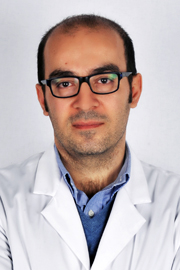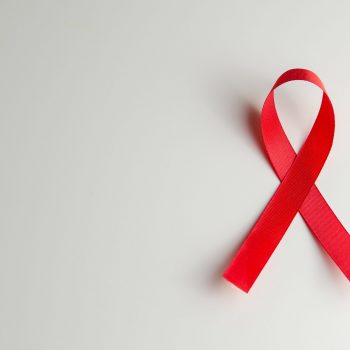Support the immune response against the HIV virus with laboratory modified stem cells that eliminate infected cells. It is gene therapy, one of the fields of research on which scientists are working in an attempt to identify new therapeutic tools against HIV infection. A team of researchers from the University of California in Los Angeles (UCLA) has published on PLOS Pathogens the results of research conducted on experimental models in which the effectiveness of this possible therapy has been evaluated. We talk about this topic with Professor Domenico Mavilio, professor at the University of Milan and head of the Clinical and Experimental Immunology Unit of Humanitas.
Effects in the long term
The cells concerned are hematopoietic stem cells (HSC), present in the bone marrow, which give rise to all blood cells. These cells are modified in the laboratory by adding a gene in order to obtain CAR-T cells, i.e. lymphocytes equipped with a specific receptor that recognizes a certain protein or antigen in cells infected with HIV-1 (“target cells”).
The HIV virus cannot survive on its own in our bodies, but must parasite some cells of our immune system in order to survive and reproduce. It does this through the specific recognition of surface receptors present on the cell membrane of certain T lymphocytes, such as the CD4 molecule. In this way, the virus infects the cells and actually destroys them. The “new” CAR T lymphocytes derived from engineered HSCs are able to defuse the interaction between the HIV virus and the CD4 protein. In tests conducted on experimental models, American researchers have seen that these genetic engineering modifications on HSCs made it possible to obtain a population of CAR-T cells anti-HIV-1 with high anti-HIV-1 power that persists in animal models for its years.
These results give us the opportunity to develop new therapies that have the potential to strengthen the body’s immune response to eliminate cells infected with HIV-1. The latter represent a reservoir of latent viral infection, which is currently impossible to eradicate and which, in fact, makes this disease chronic and impossible to cure definitively.
Gene therapy and antiretroviral therapy
This discovery represents a huge step forward as the antiretroviral therapies currently in use are only able to block the replication of the virus, stopping its ability to advance the infection towards the established disease. This is the best result obtained up to now, however, at a high price from patients who have to take three times a day and in an absolutely continuous way without any interruption to several drugs. Moreover, paying the high price of heavy side effects and with the constant risk of developing resistance that makes the therapy useless in fact and allows the virus to progress quickly as if nothing had been done in previous years. There is currently no drug capable of killing the HIV-1 virus. Only an effective response of the immune system could achieve this result as it normally does for all viral infections.
The challenge we face with this new technology is to create a lasting response in the long run. For this reason, gene therapy with the CAR-T technique has emerged as a new tool for the treatment of certain forms of cancer and has gained the attention of the scientific community that is working to seek effective therapy against the HIV virus. According to researchers at the University of California, gene therapy could be more effective if it acted in combination with other treatment options such as the administration of antiretroviral drugs.
“CAR cells derived from HSC and engineered with highly sophisticated methods have been introduced in patients suffering from hematological tumors and undergoing bone marrow transplants – said Dr. Mavillo, explaining how gene therapy could be a therapeutic tool against HIV infection. We observed in this model that after the infusion of autologous CAR-T (i.e. developed from cells of the same patient to avoid rejection problems), there was their persistence in the body for almost 2 years during which these cells retained a very high anti-tumor power with a limited toxicity. More interestingly, the distribution of CAR-T lymphocytes was concentrated mainly in the lymphoid tissues and gastrointestinal tract, which are the main anatomical sites for HIV replication. And it persisted also in immune-suppressed patients as well as in AIDS patients”. “These results – continued the specialist – unimaginable in the field of onco-hematology until a few years ago, have ensured that the strict American regulatory agency for the approval and marketing of new therapies (Food and Drug Administration or FDA) has approved the therapeutic use of CAR-T lymphocytes for hematological tumors such as lymphomas. This study by UCLA researchers is important because it demonstrated for the first time, the safety and efficacy of CAR-T therapy in a large pre-clinical animal model of HIV-1. This trial revealed the potential for using this gene therapy to redirect the immune system to a specific response against HIV-1 that has the potential to permanently eradicate the infection. We now have a new hope, but it will still take many years of experimentation before it can be proven to be effective in humans and transferred to common clinical practice.







